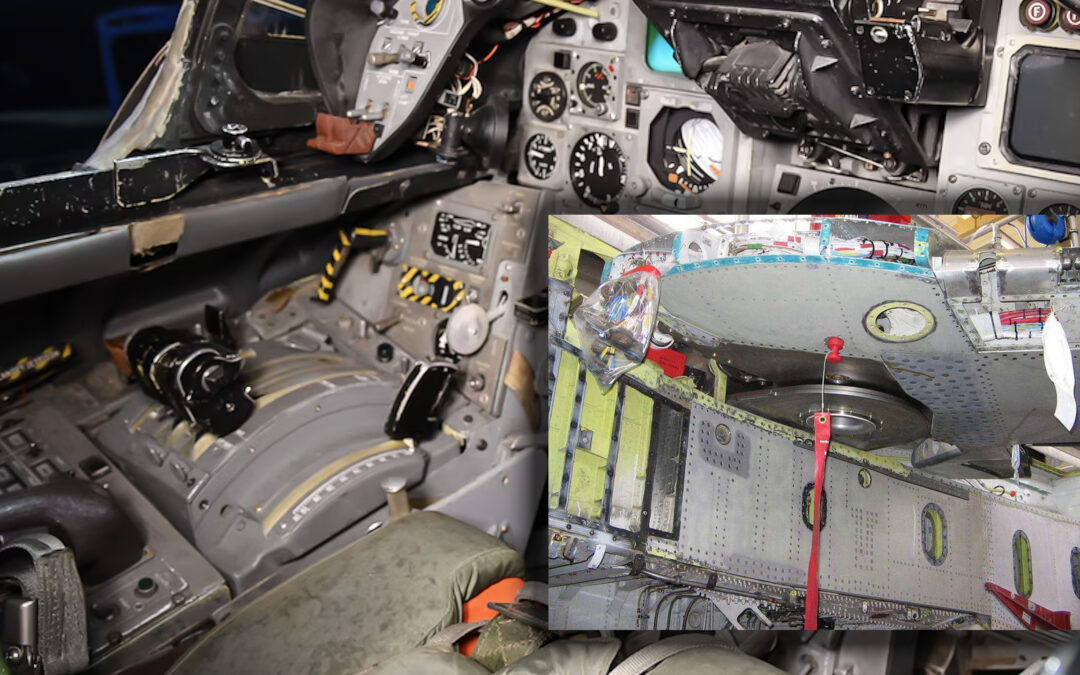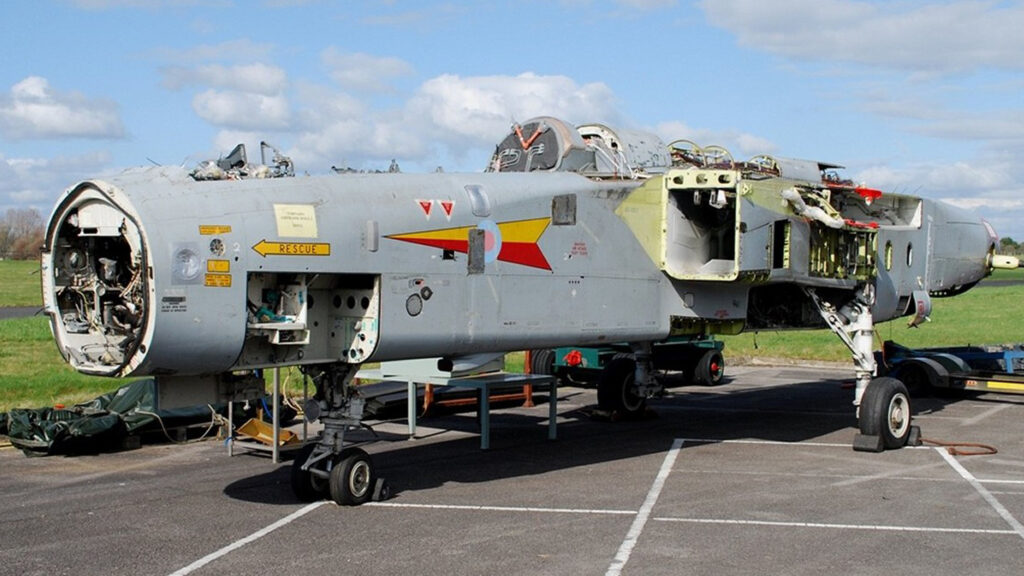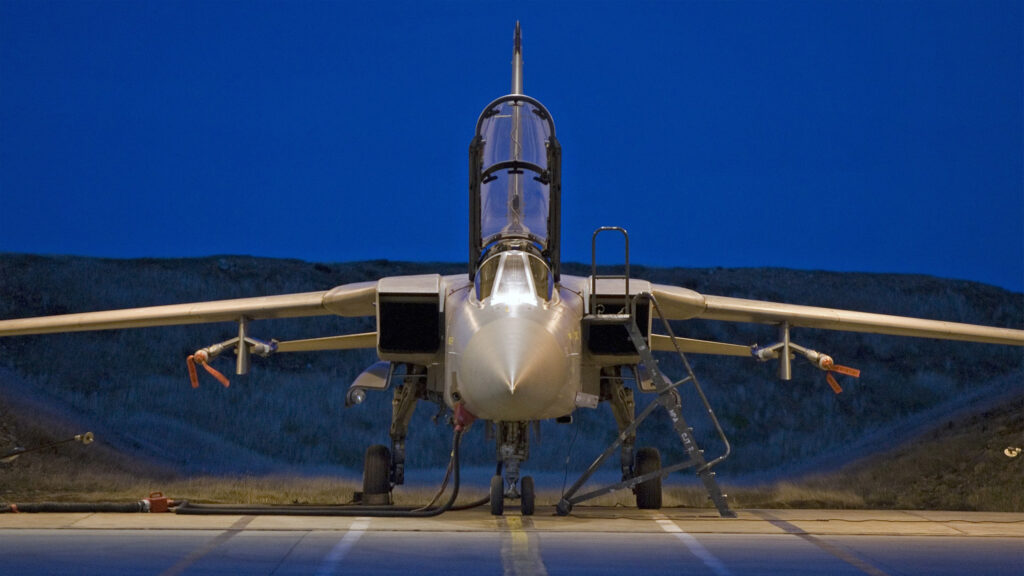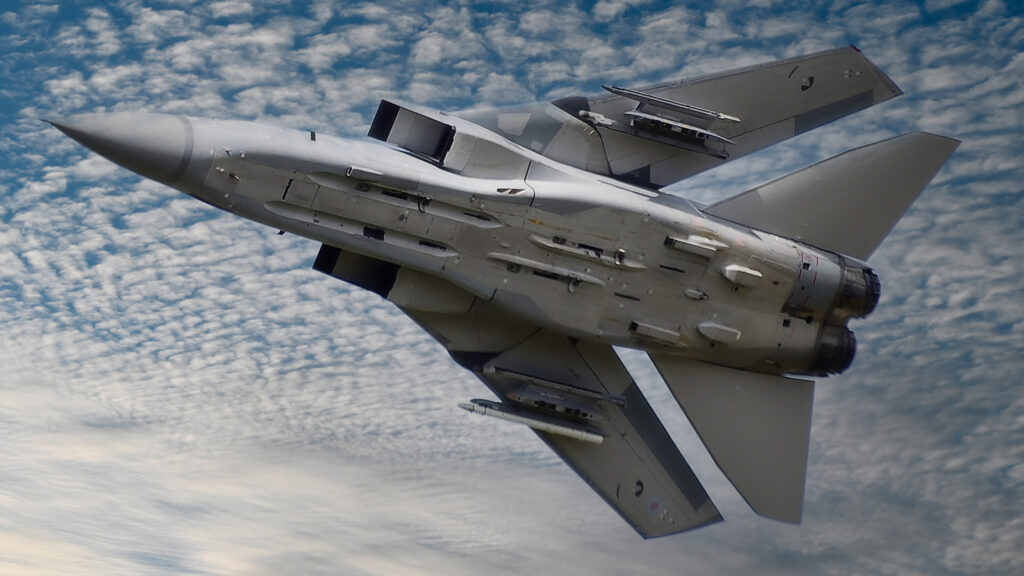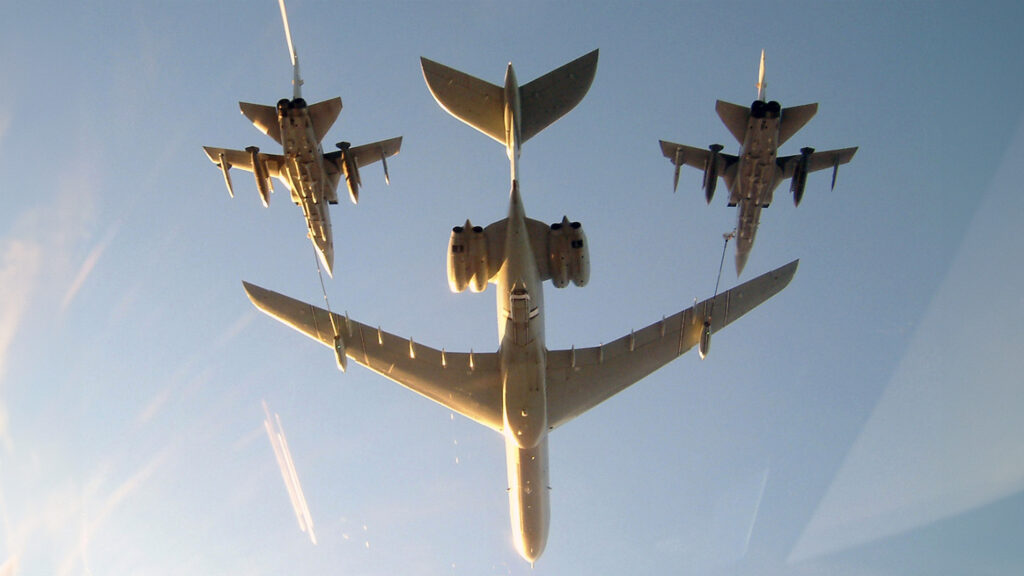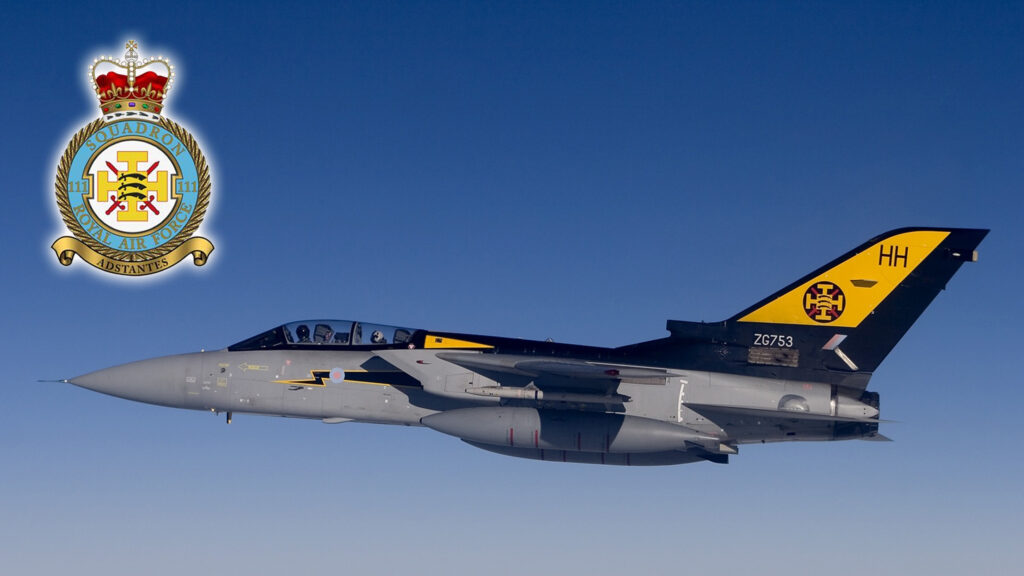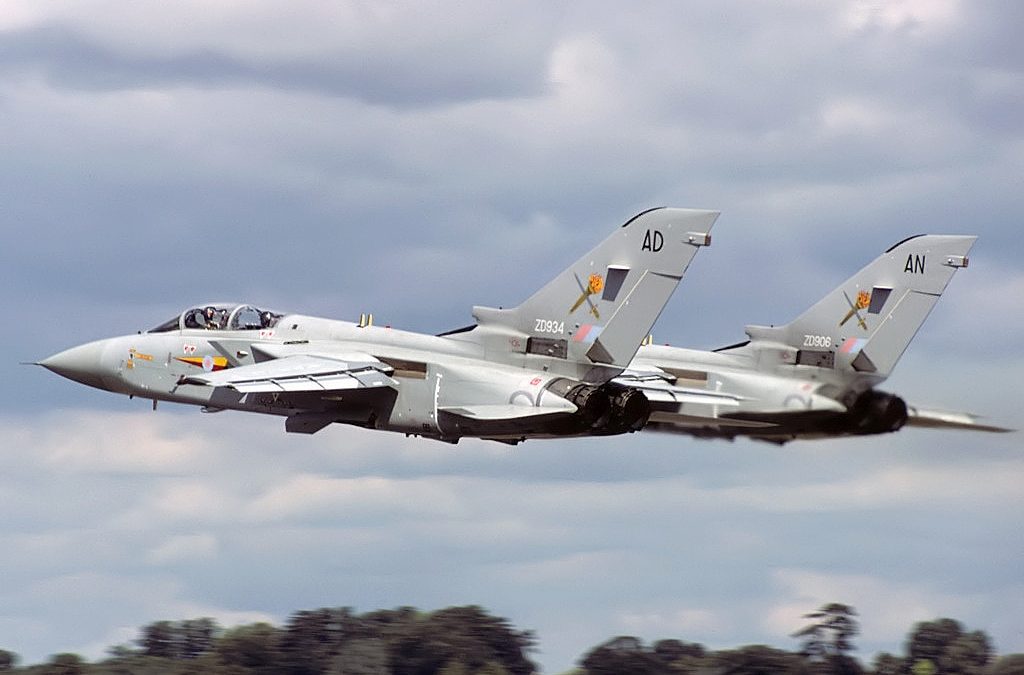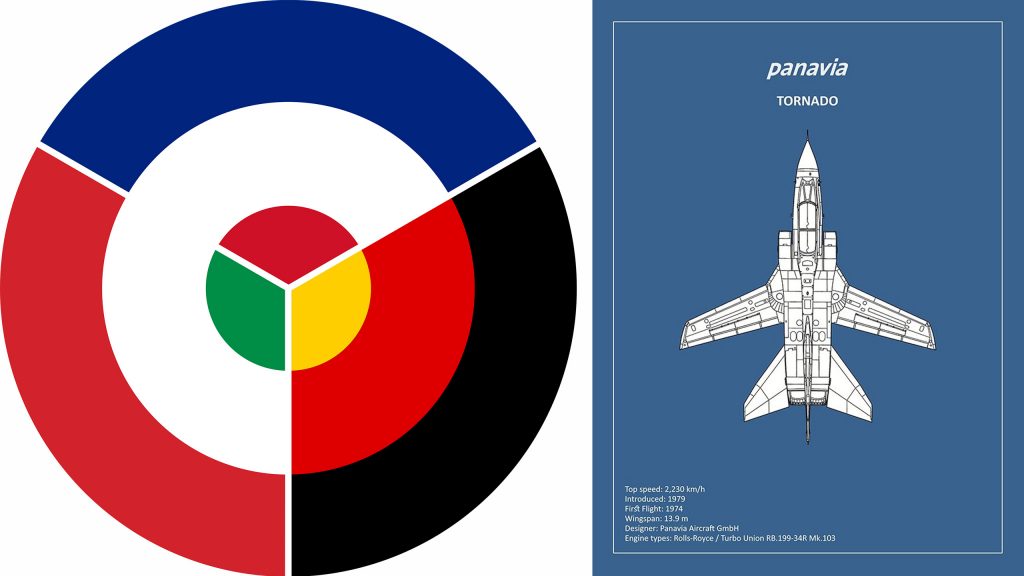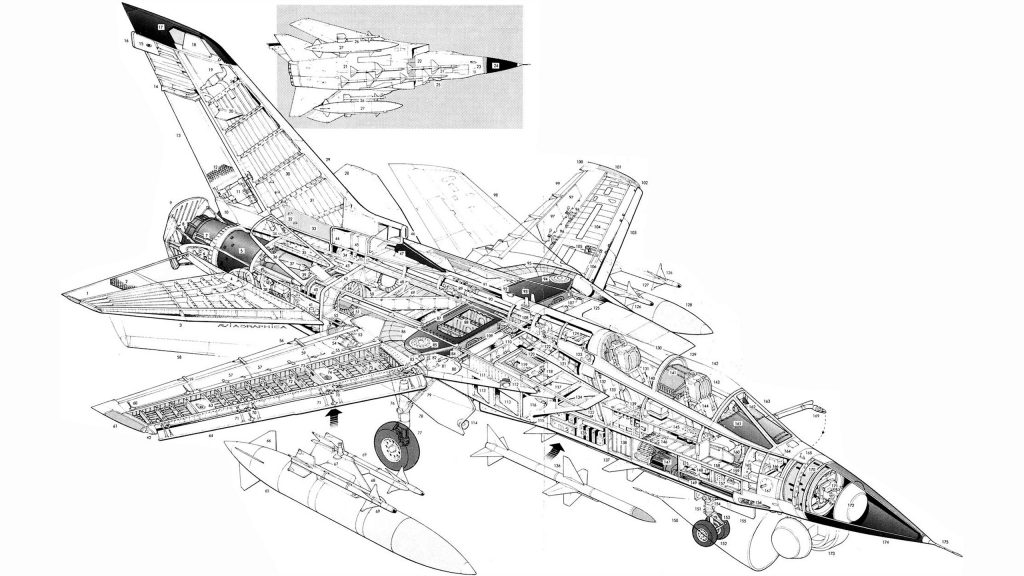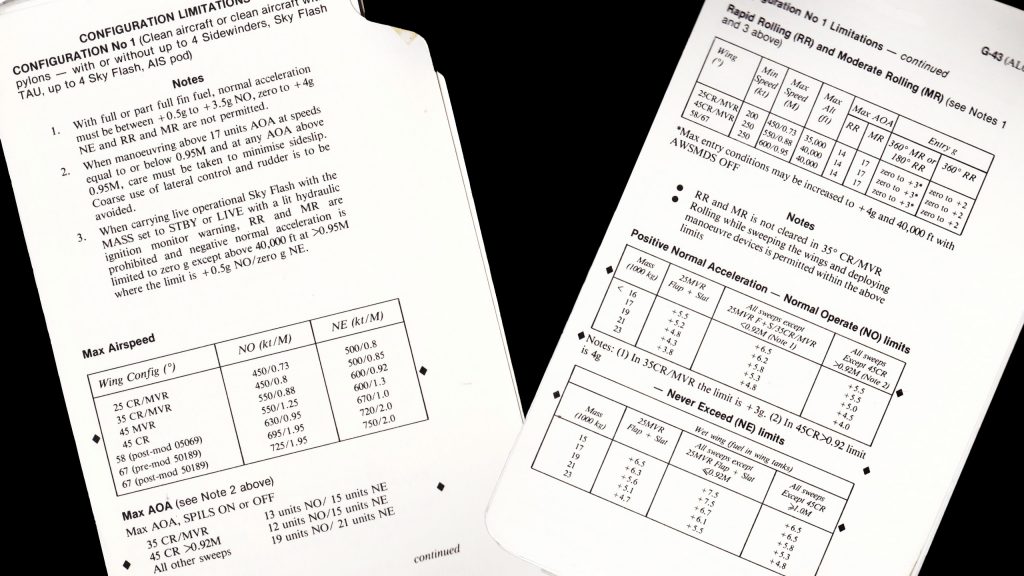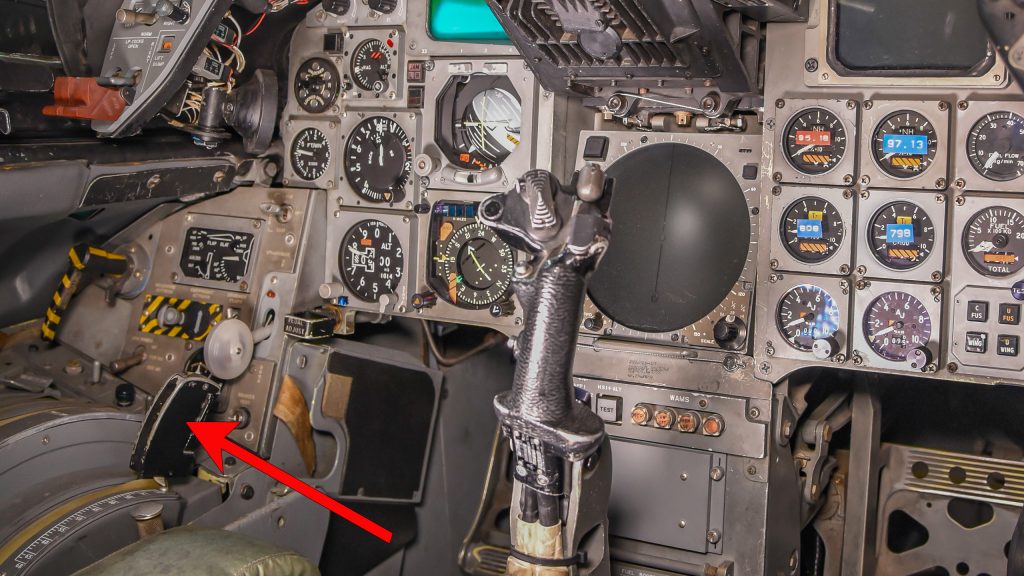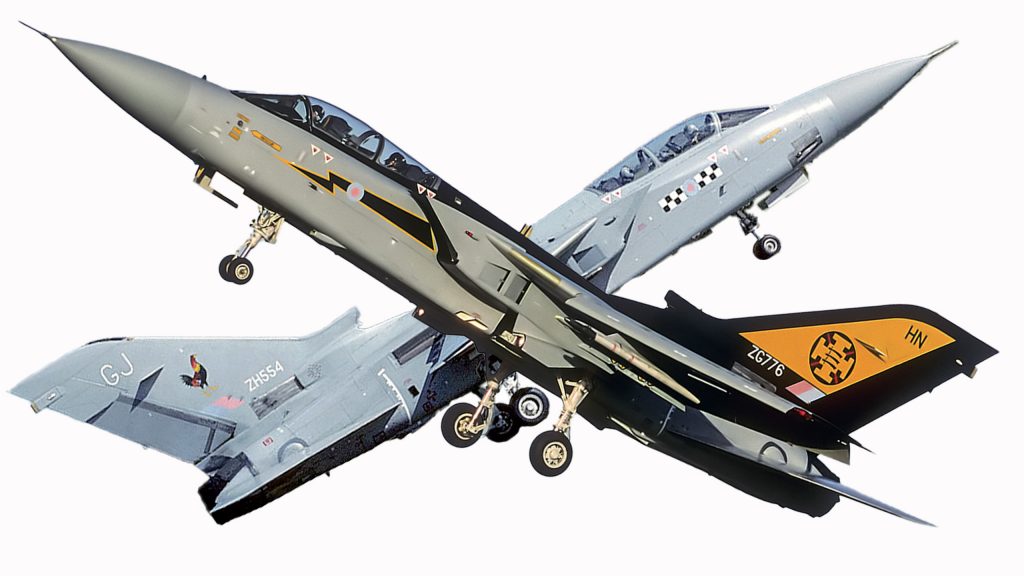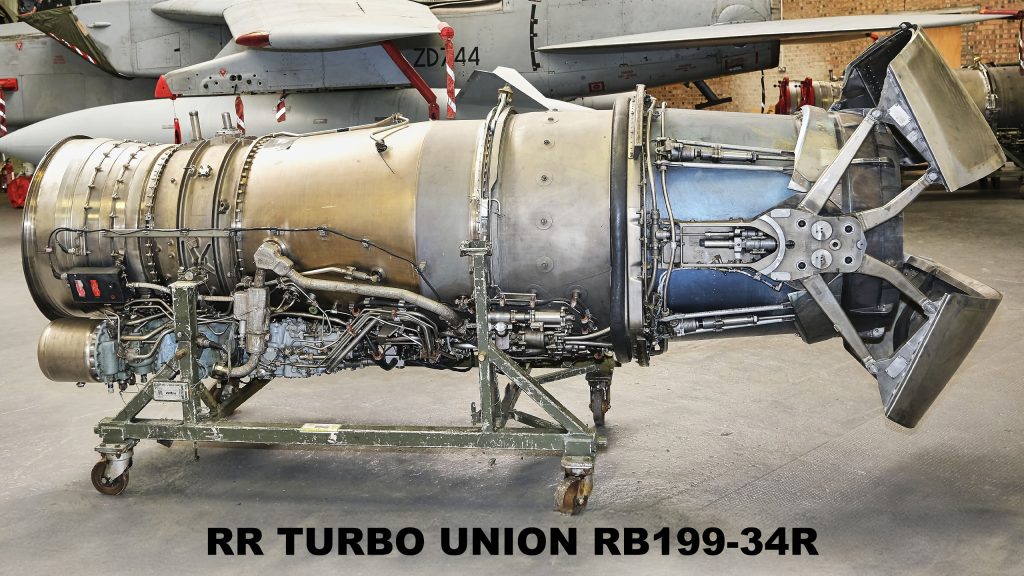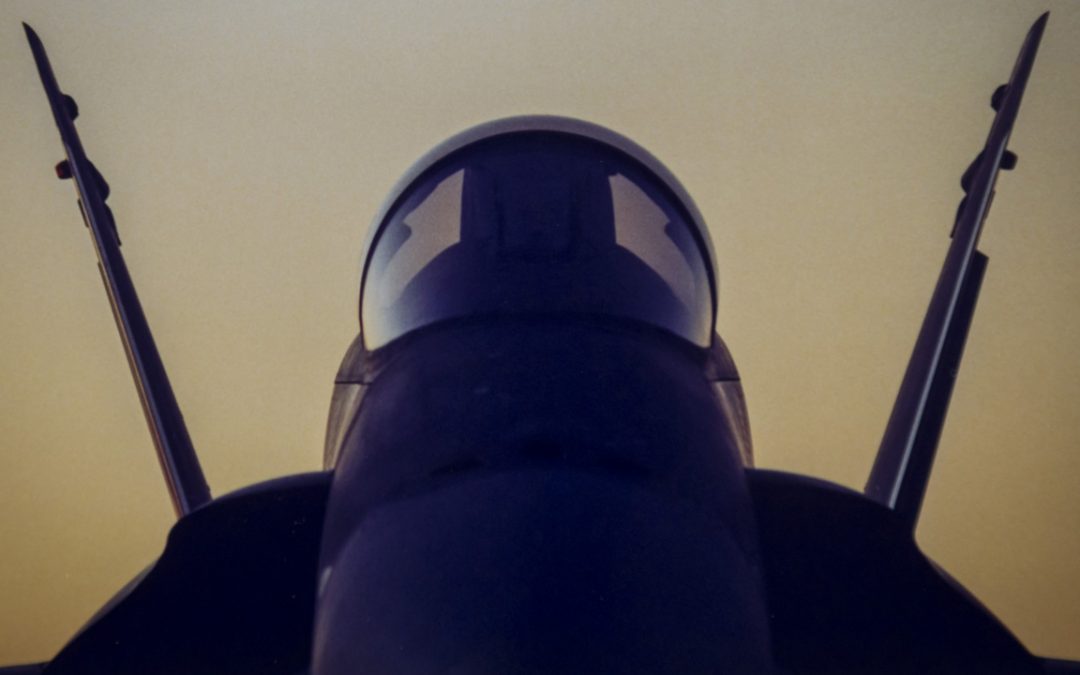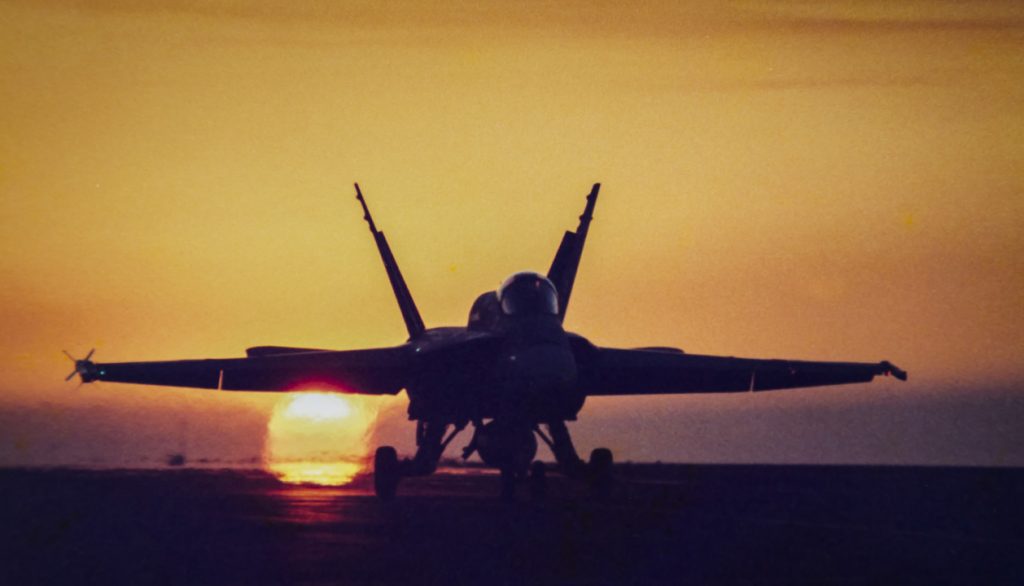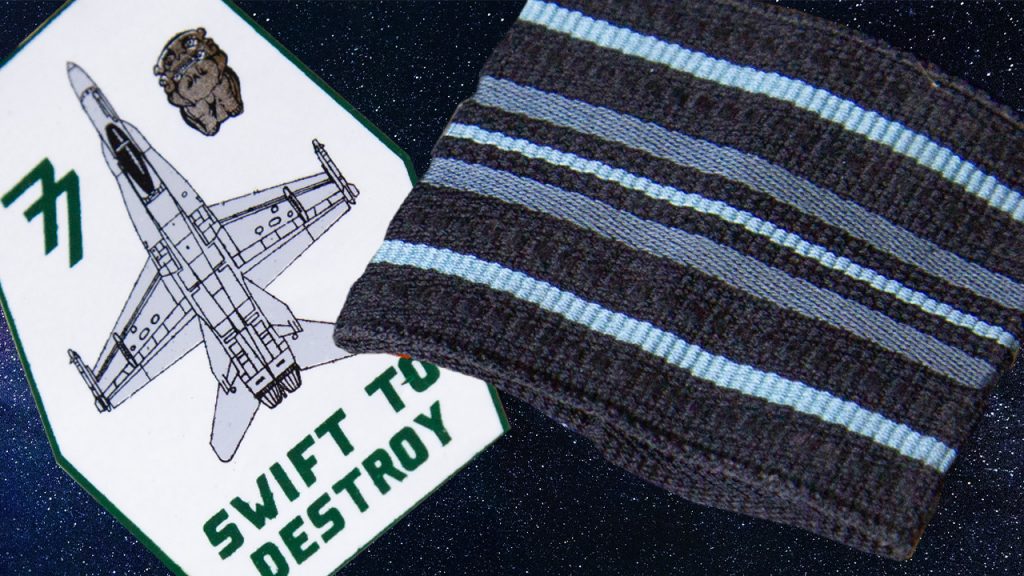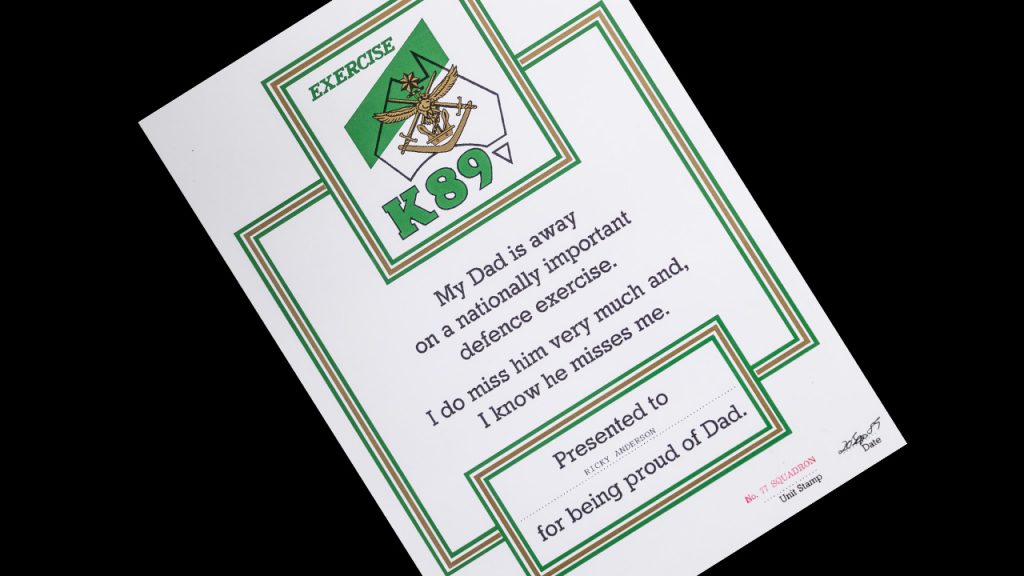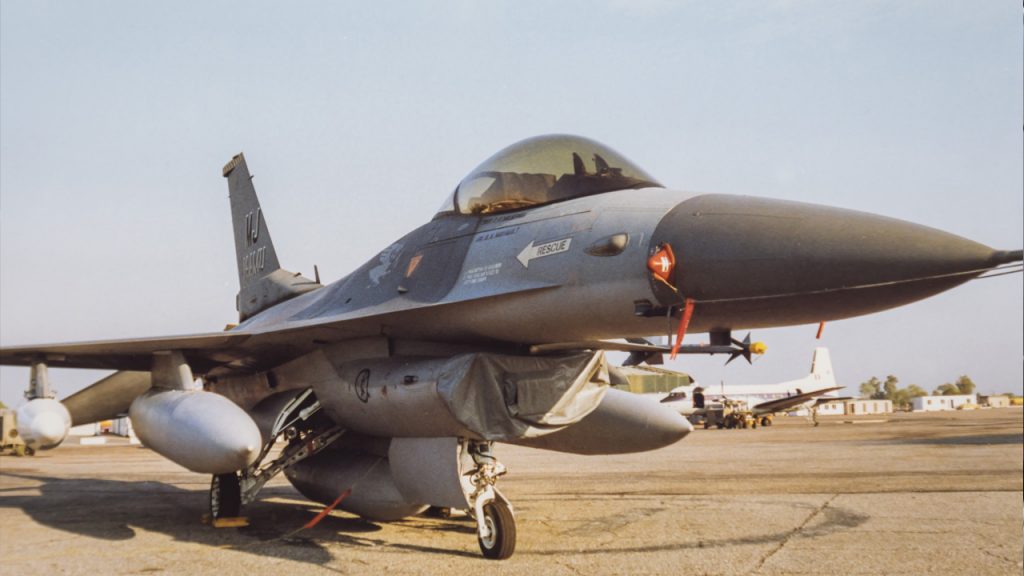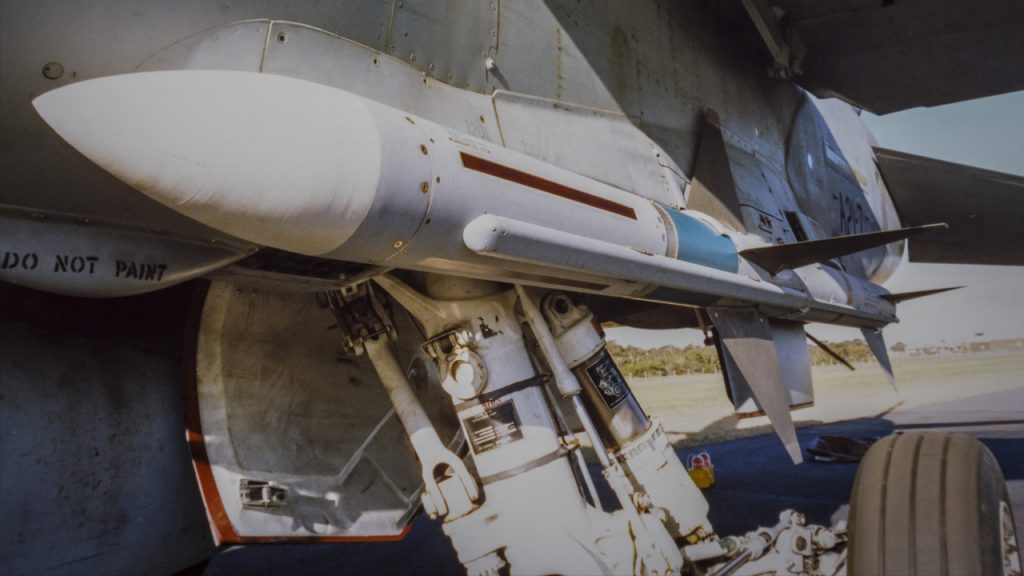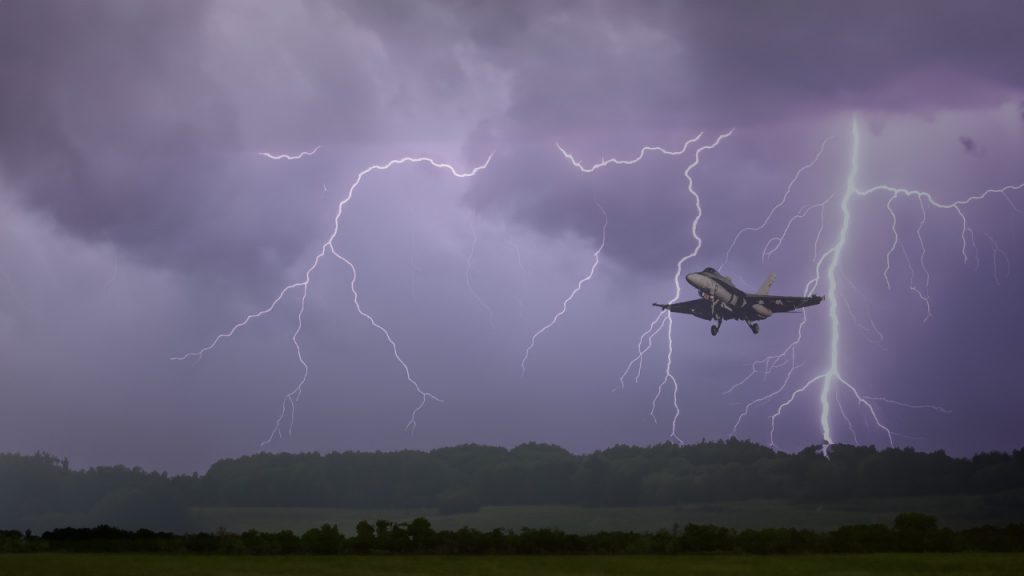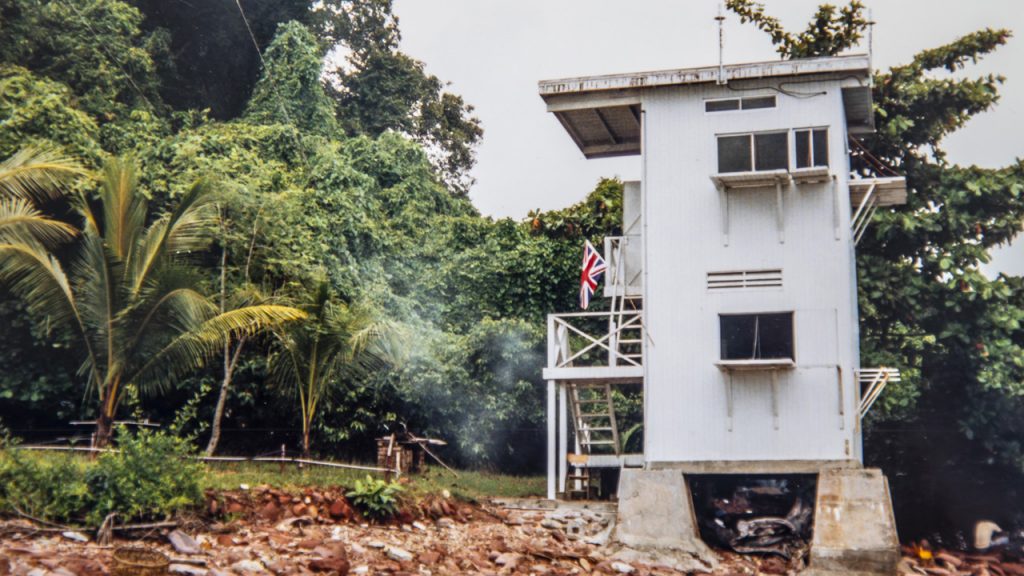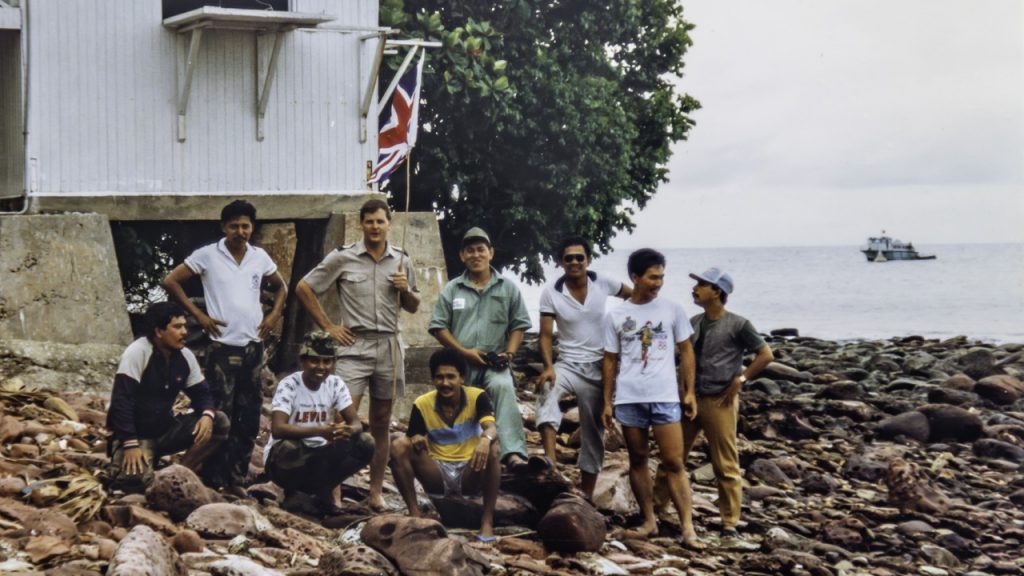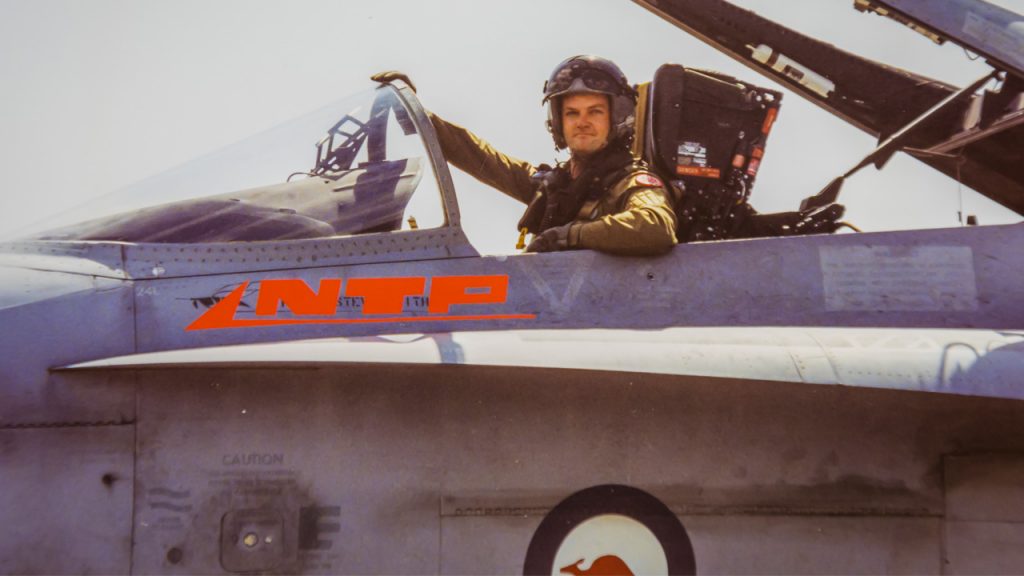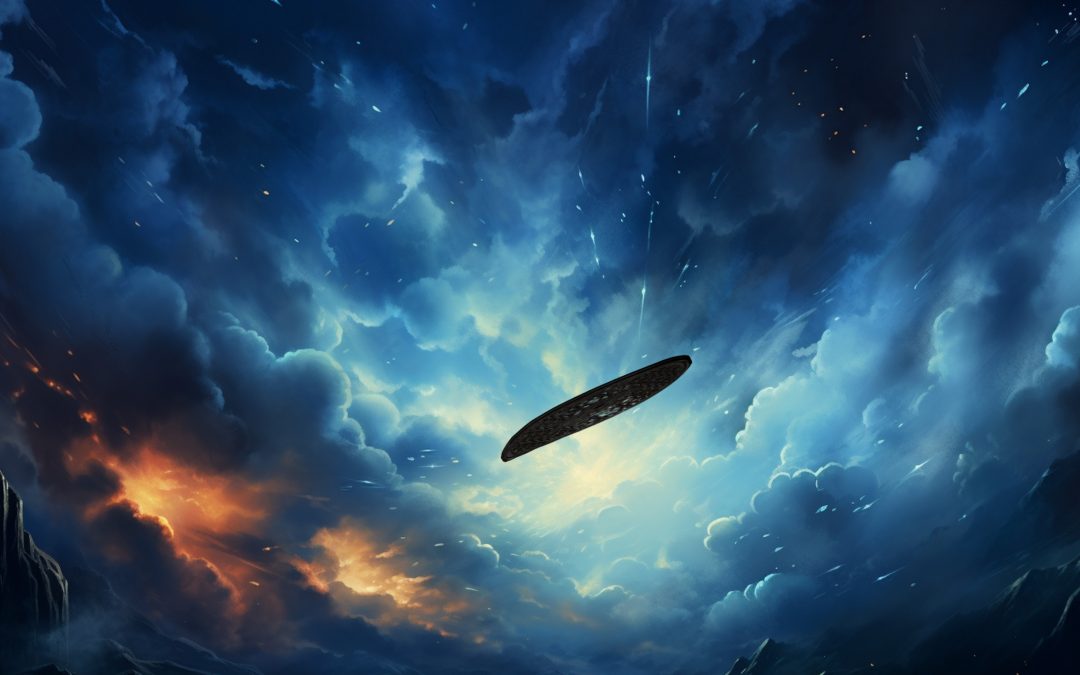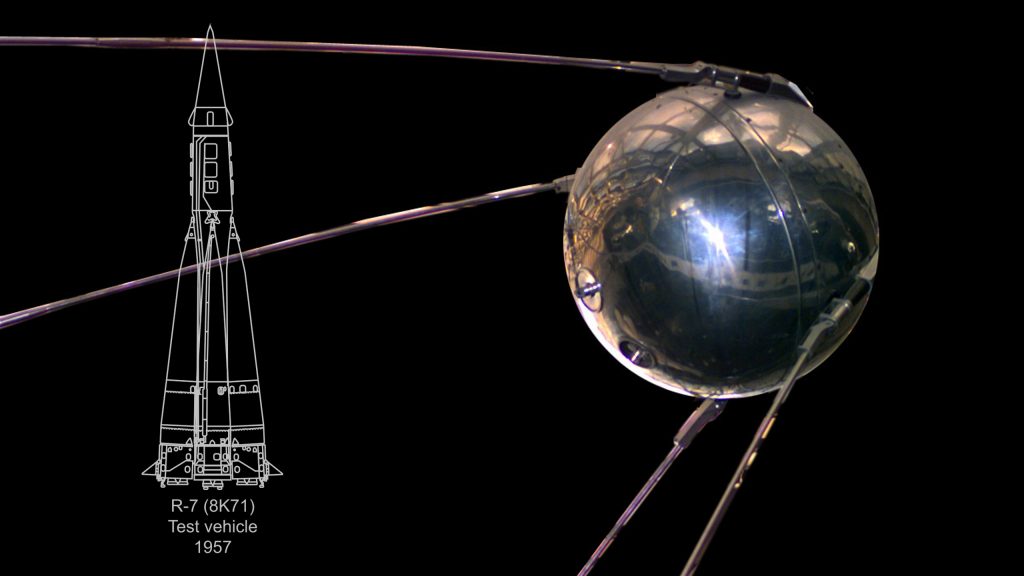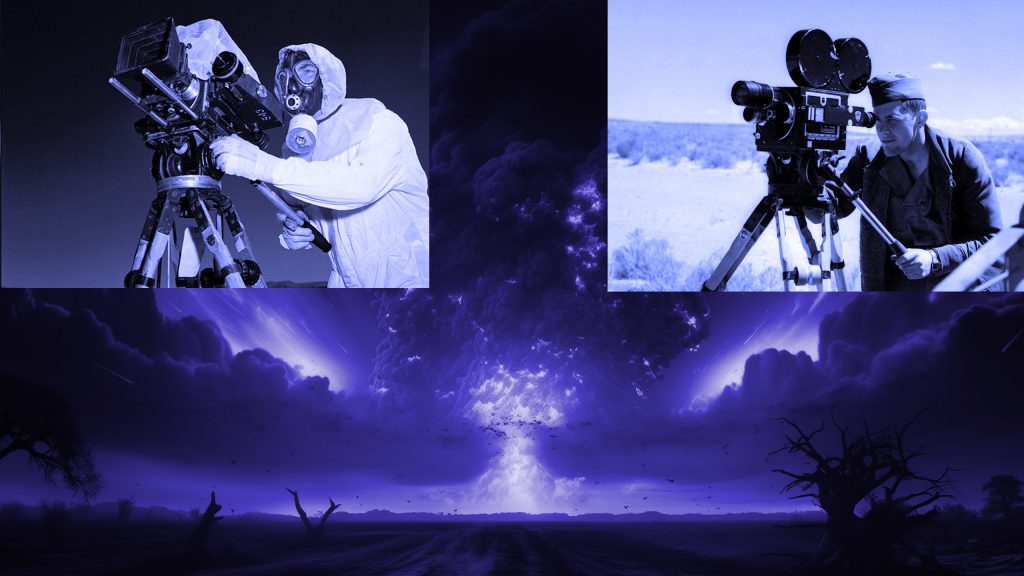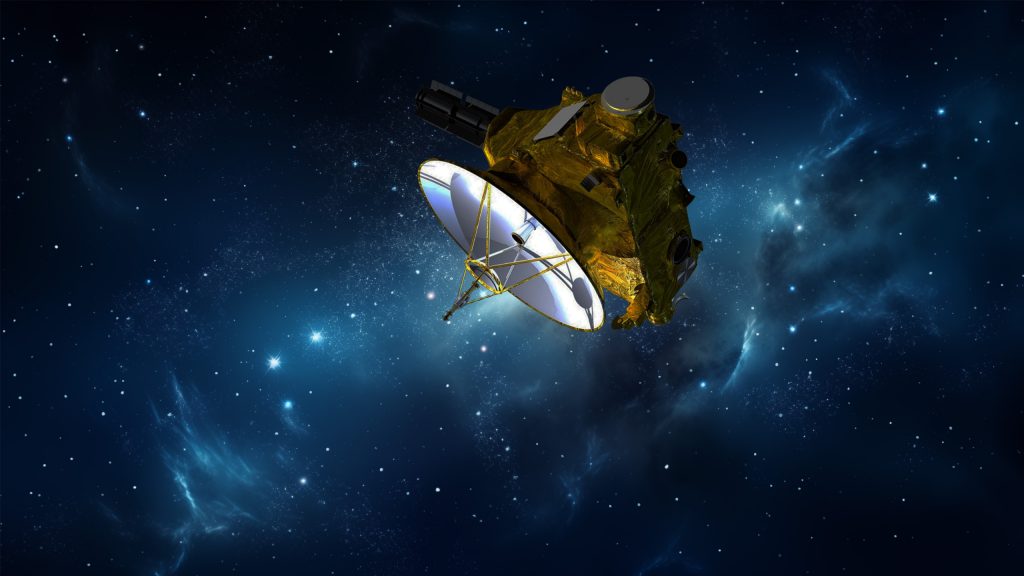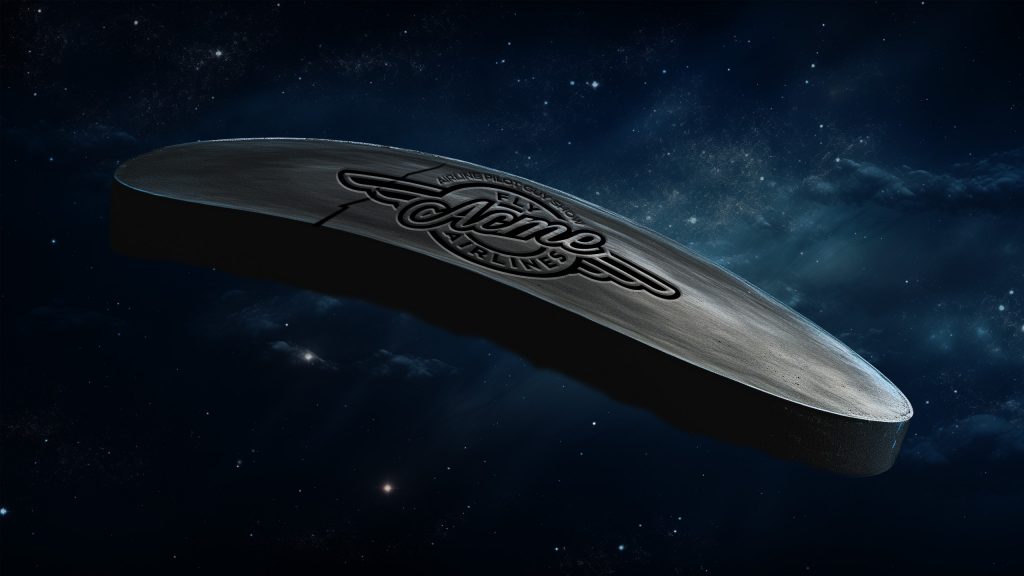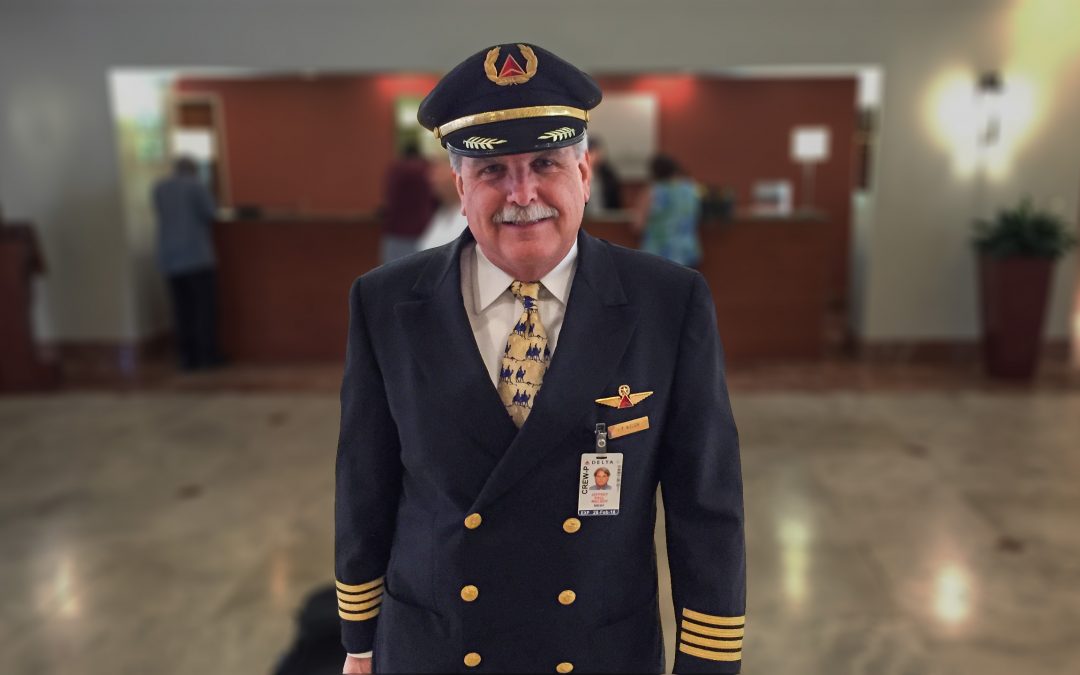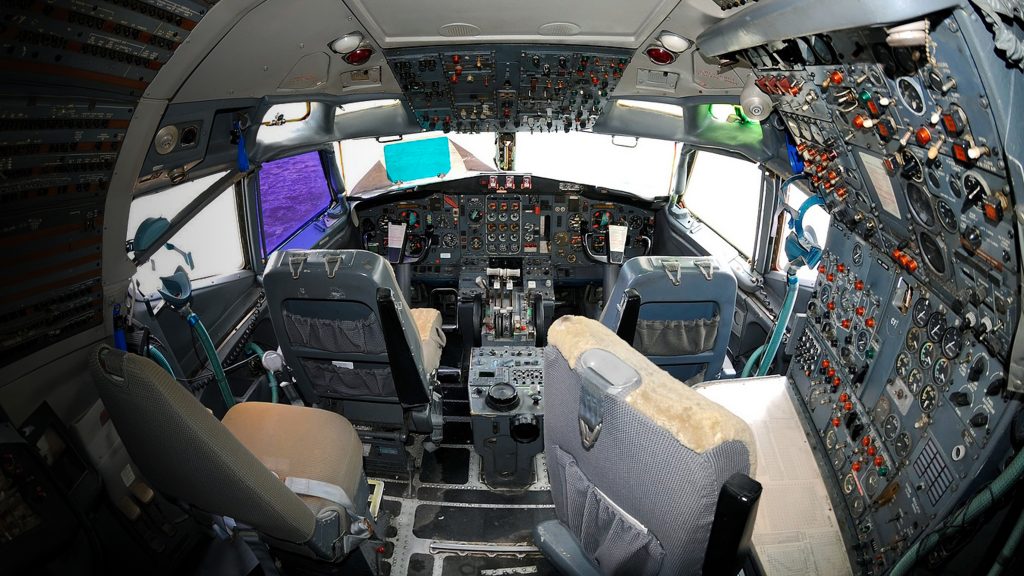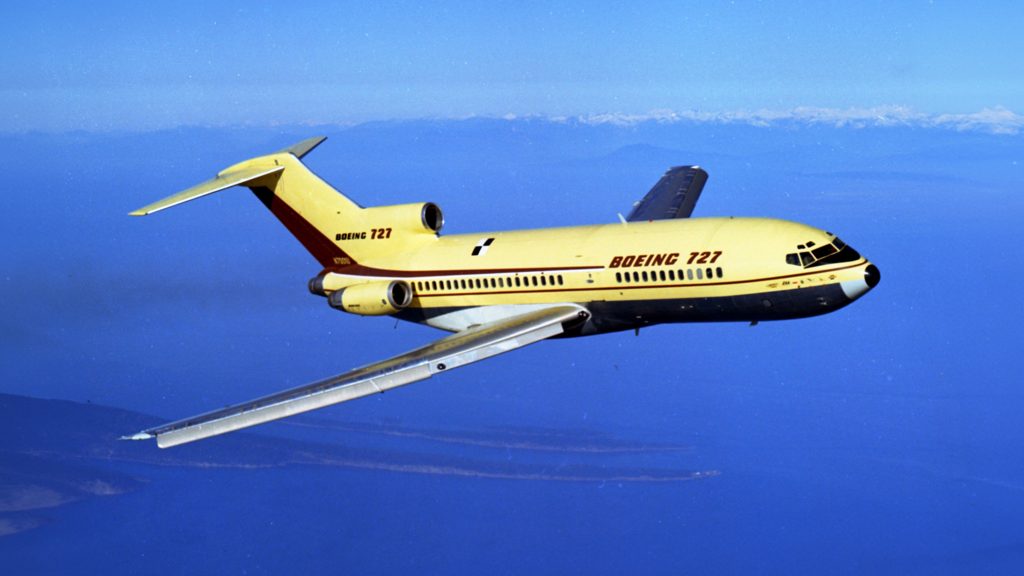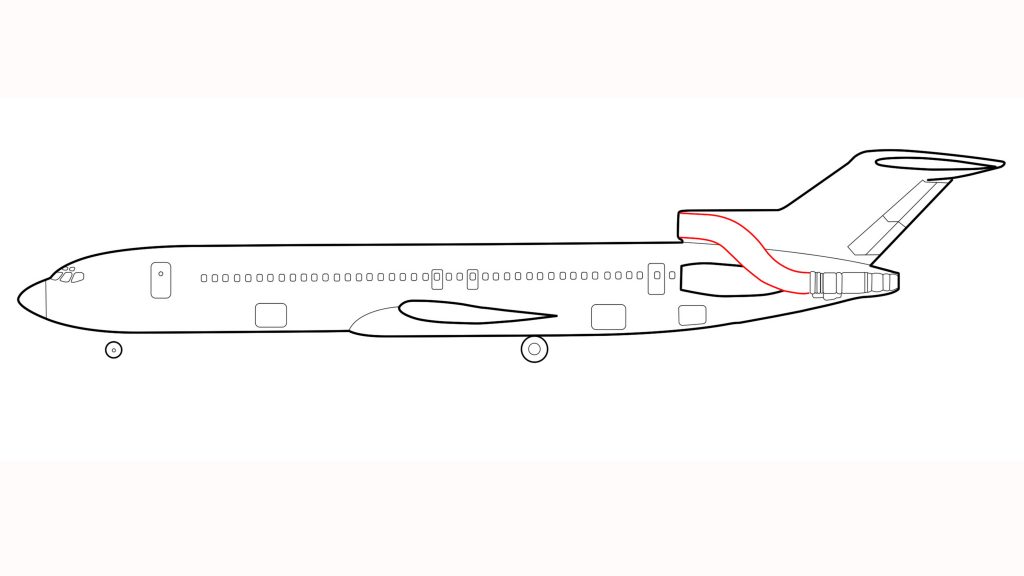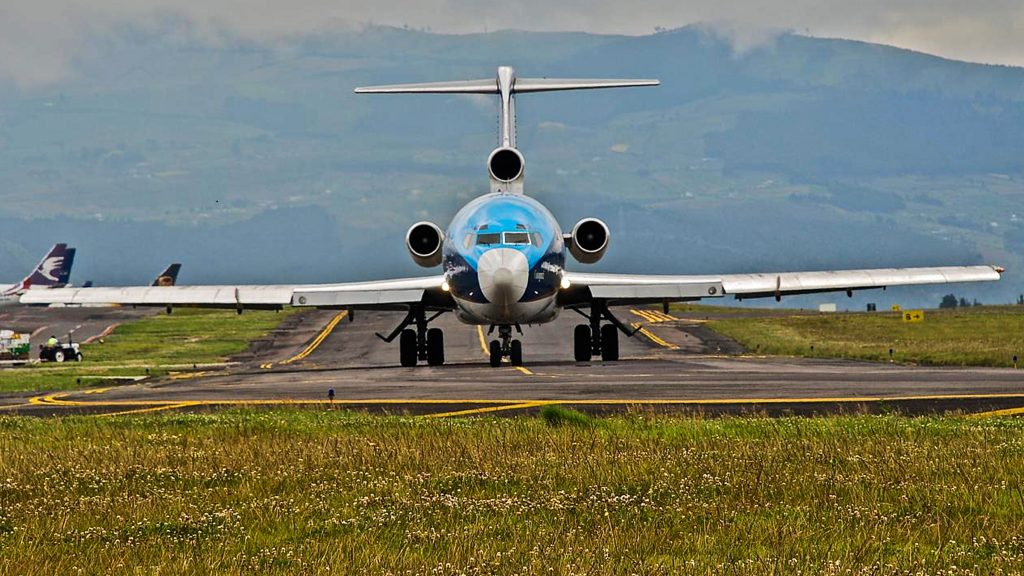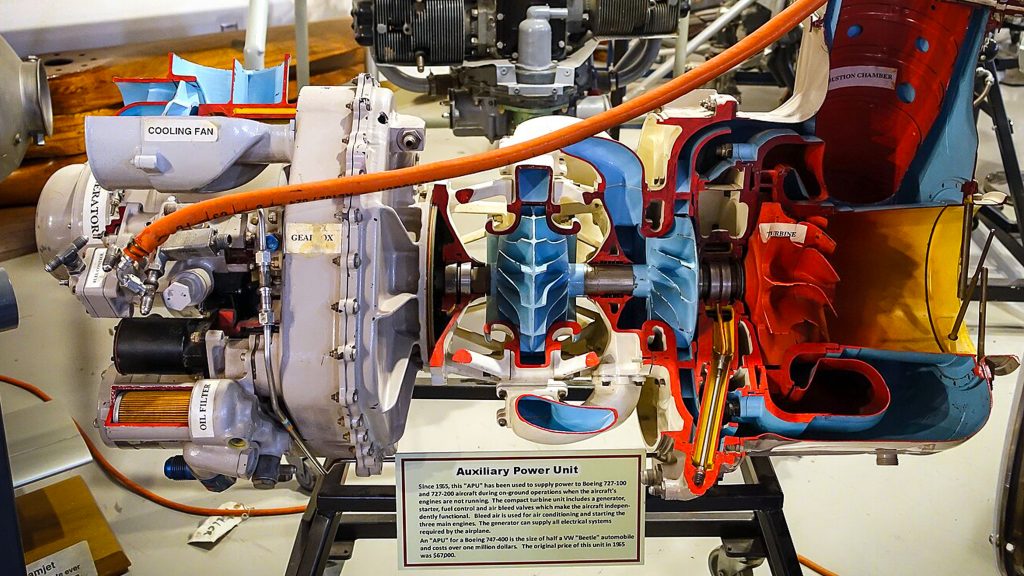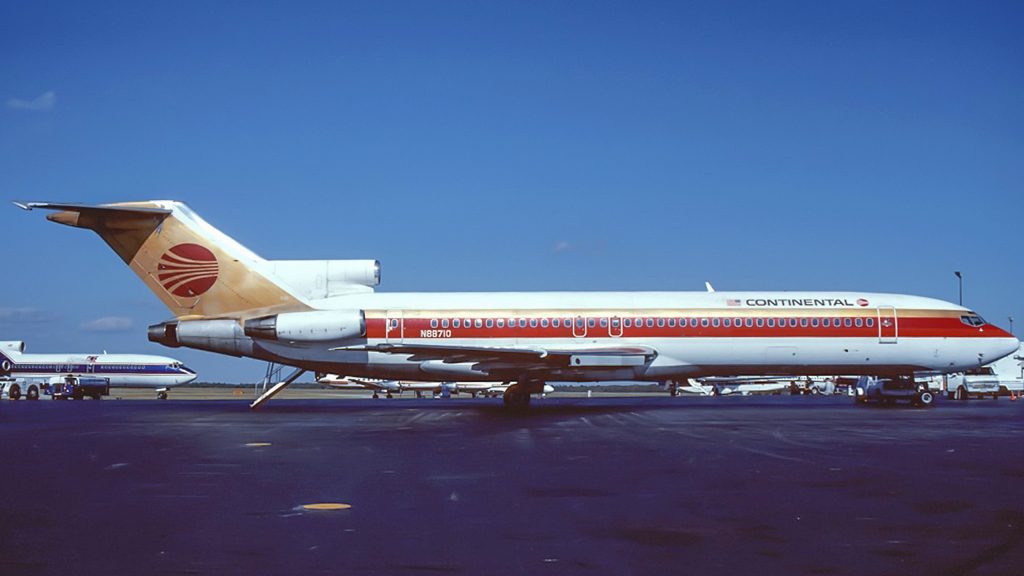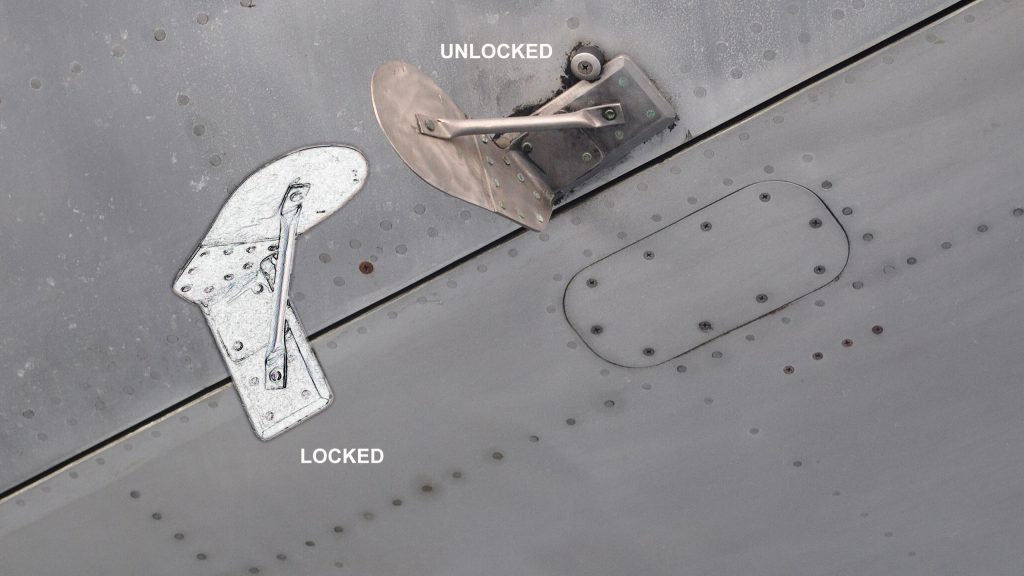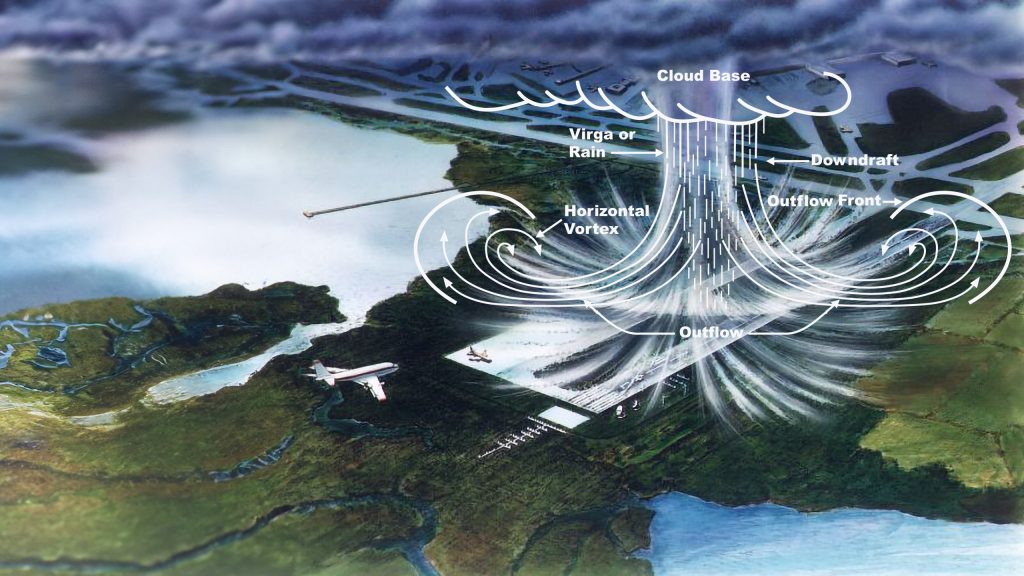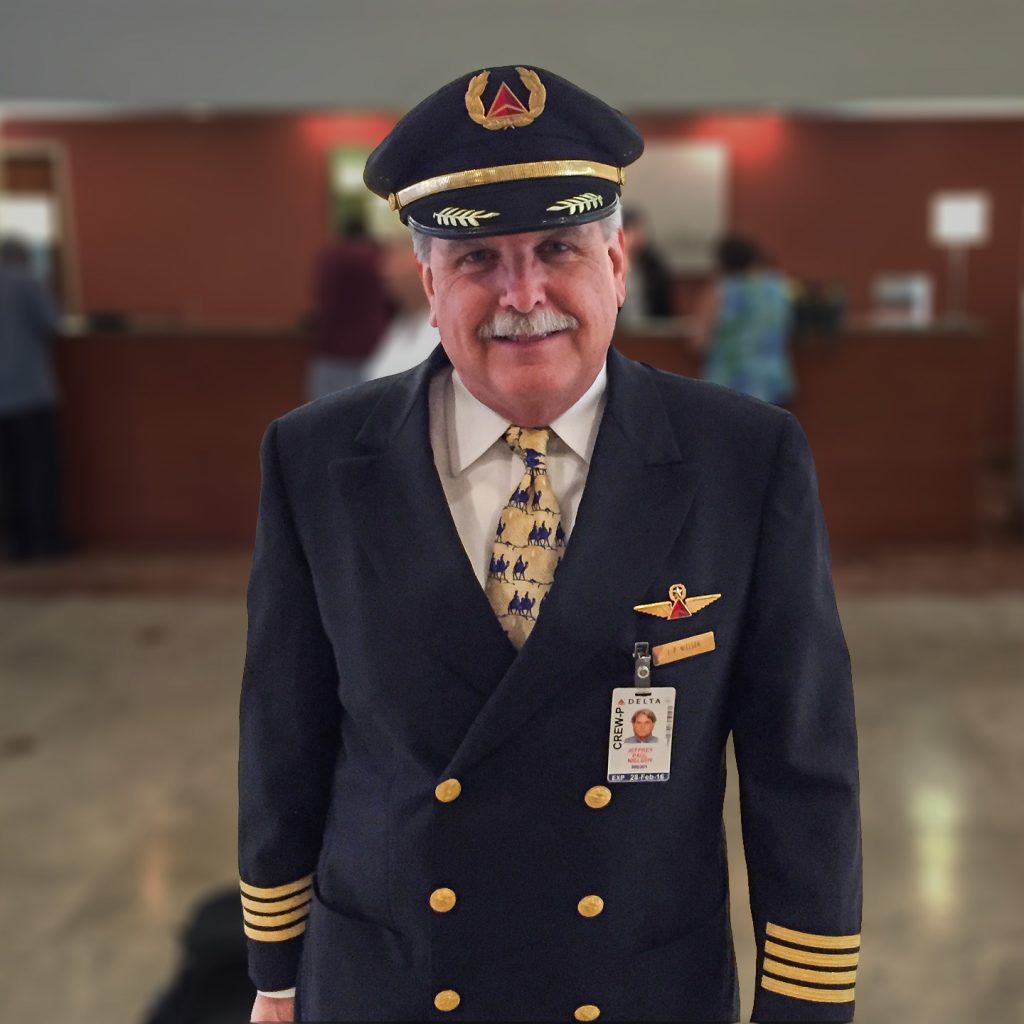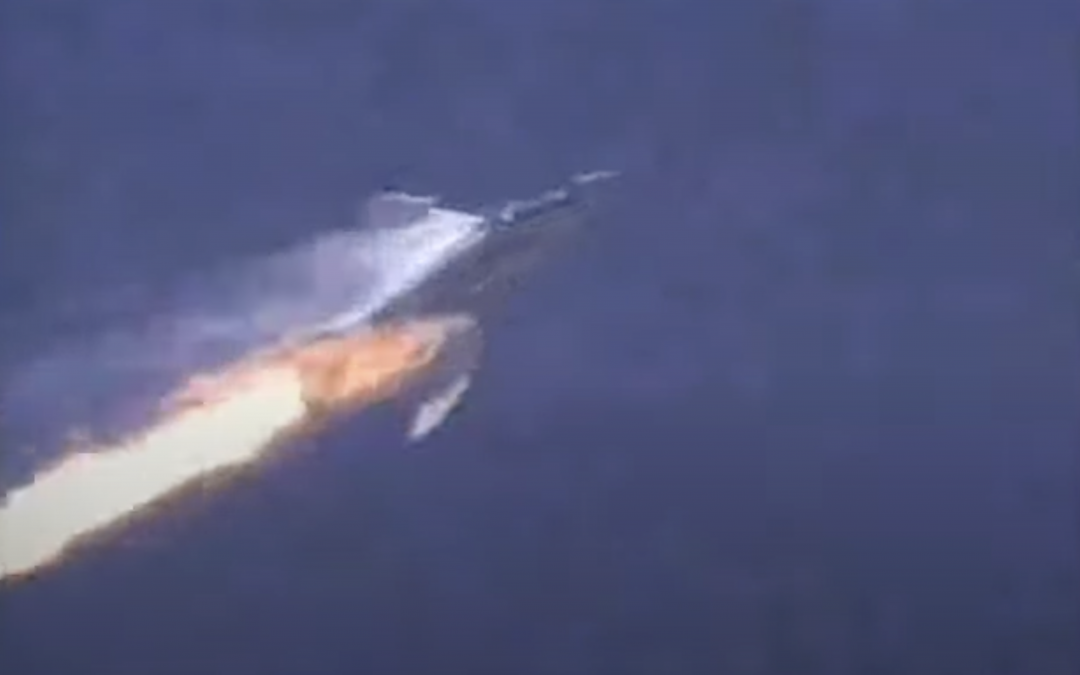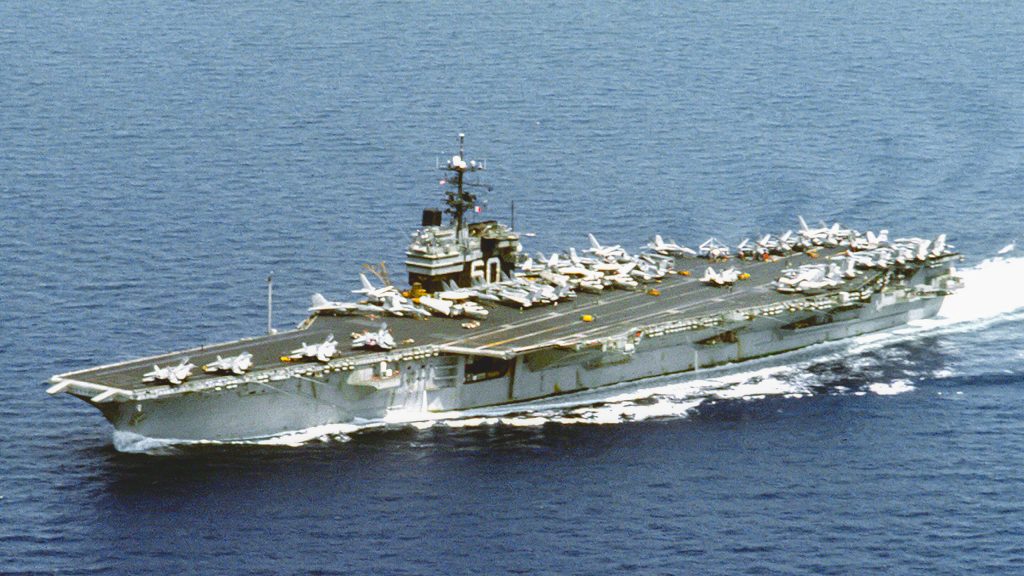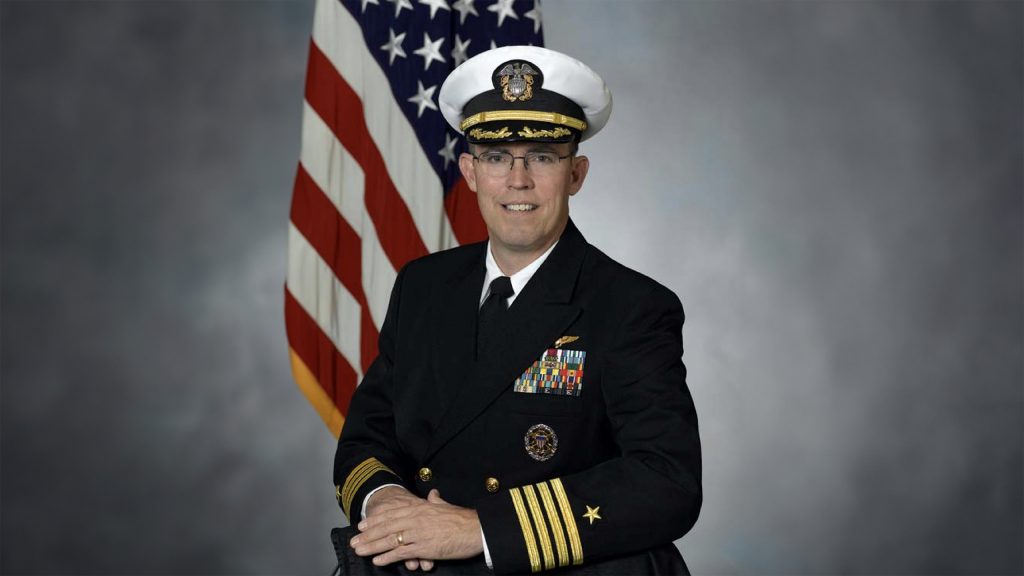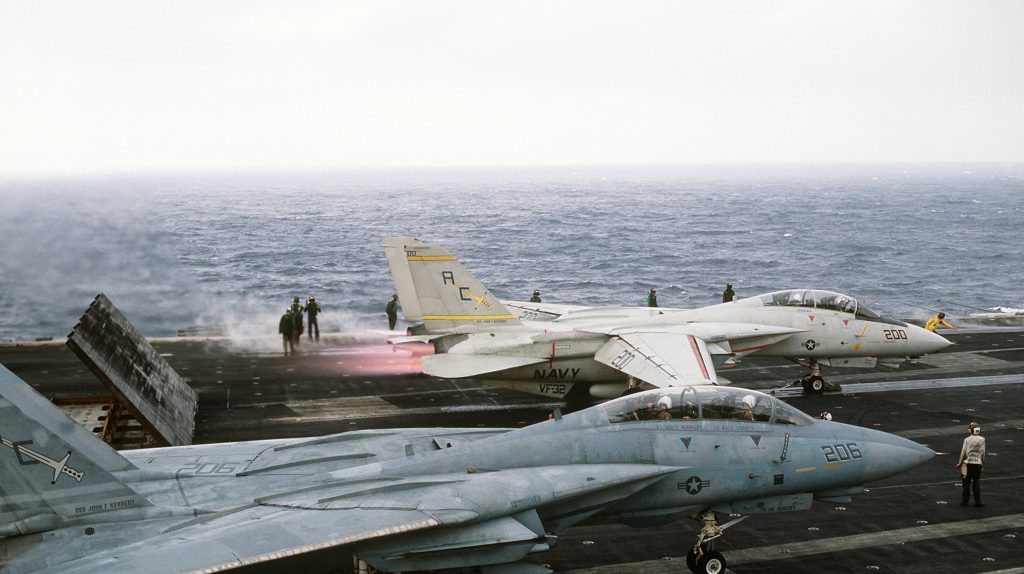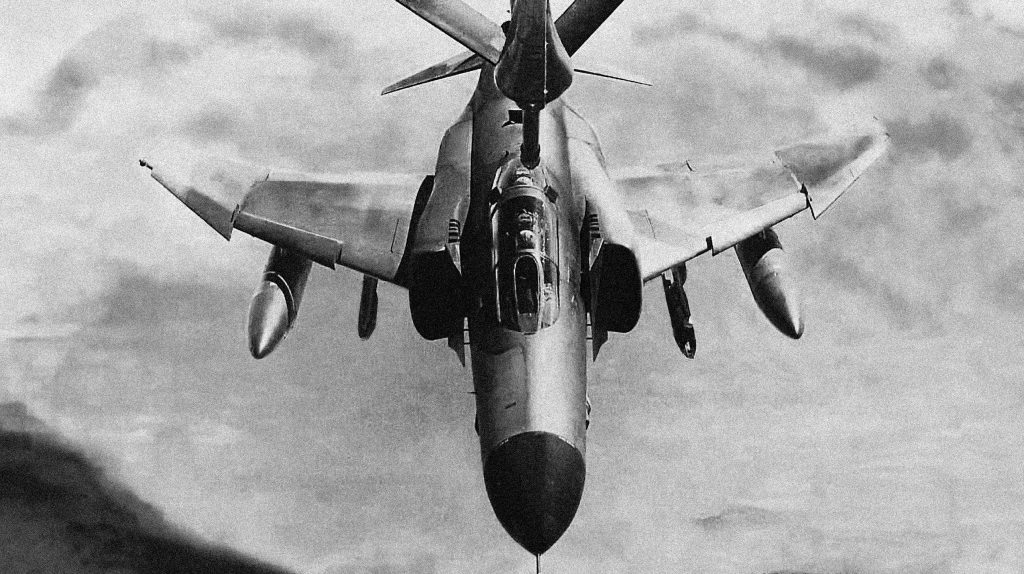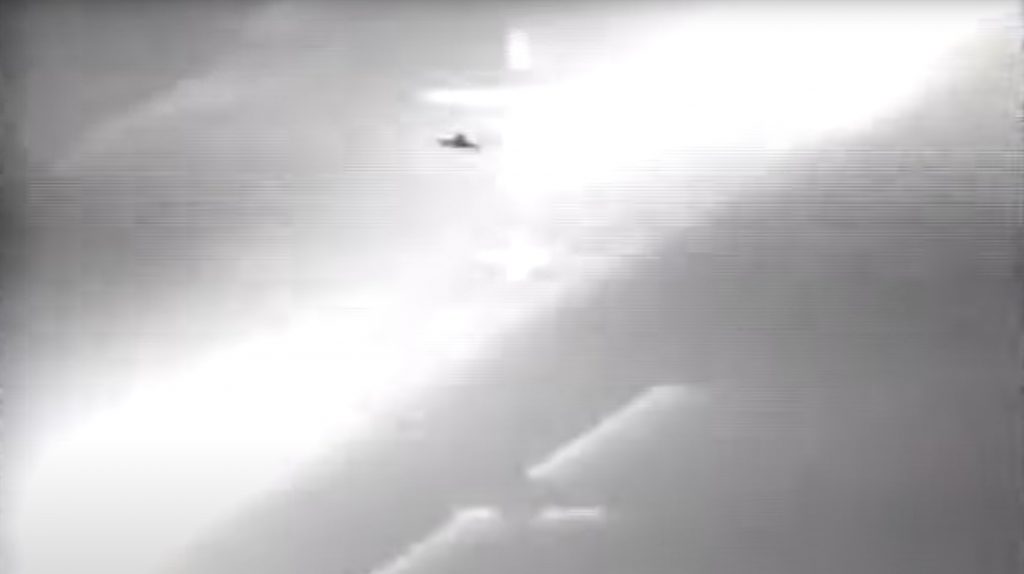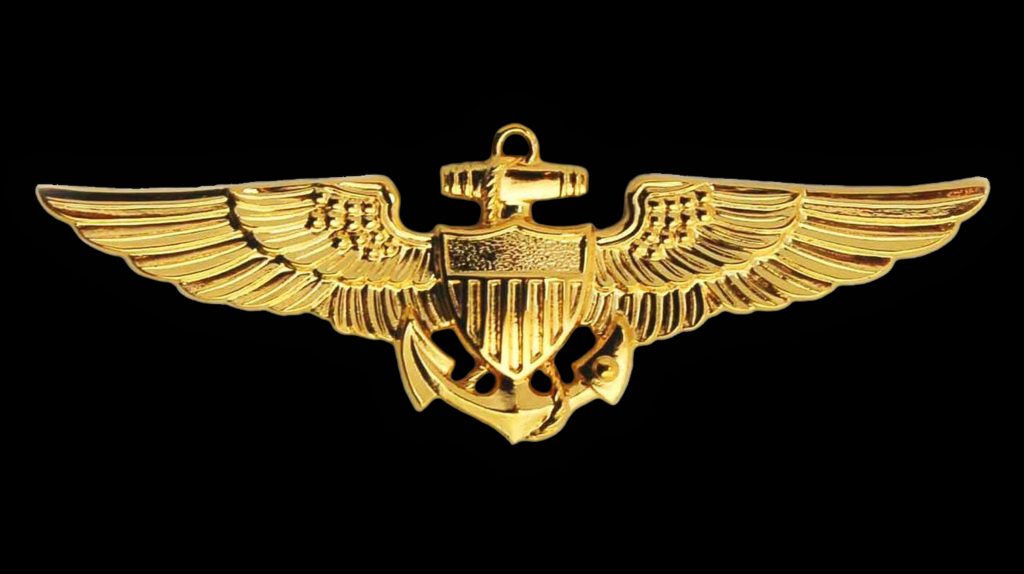
by Nick Anderson | Jun 10, 2024 | Plane Tales
Podcast (pt): Download
As you may recall I was undergoing the training course for the Tornado F3 Air Defence Variant having completed four previous flying tours. Now being a senior officer it made the job of working as a student again a little more bearable.
The Old Pilot’s logbook tales continue:

An RAF Tornado Air Defence Variant

67° wing sweep

Ait to Air refuelling from the wing stations of an RAF VC10


We watched in horror as a motley collection of hanger queens and scruffy excuses for aeroplanes were delivered, bent and leaking, onto our aprons

Images under Creative Commons licence with thanks to the Royal Air Force, the MOD, Adrian Pingstone, Chris Lofting, J Thomas and Pràban na Linne Ltd.

by Nick Anderson | Feb 6, 2024 | Plane Tales
Podcast (pt): Download
Form 414, my RAF Logbook continues with me leaving Australia and the Hornet unhappily in my rear vision mirror as I was heading back to Blighty and a cold winter in Lincolnshire. No 229 Operational Conversion Unit was the training unit that would give me my first taste of the Mighty Fin, the Swing Wing Super Jet, Mother Riley’s Cardboard Aeroplane otherwise known as the Air Defence Variant of the Tornado.

Not just a British aircraft, the Tornado was a project involving Germany and Italy as well.

A cutaway of the ADV Tornado

Just some of the multitude of limitations that Tornado pilots were required to memorise

The Tornado cockpit showing the wing sweep lever

The Mighty Fins of 43 and 111 Squadrons

The RB199 lacked sufficient thrust to allow the F3 to perform adequately at medium and high level but it did have a way of going backwards!
Images under Creative Commons licence with thanks to Surruno, Panavia, BAe, the RAF Museum, Mike Freer, Kevan Dickin, Chris Lofting and the RAF.

by Nick Anderson | Feb 5, 2024 | Plane Tales
Podcast (pt): Download
After I landed my aircraft I clambered out of the Hornet with the cold realisation that I might have flown my last sortie. The spinning sensation had ceased and the sortie had gone beautifully, it was almost as if it had been a bad dream. A continuation of tales from the Old Pilot’s logbook, RAF Form 414.

Was the sun about to set on my career?

The surgery span round and round

Promotion

Exercise K89

One of our opponents, the F16

Firing off live missiles like the AIM 7M Sparrow

Landing in a thunderstorm

A week on Song Song island acting as the Range Safety Officer

The RSO and his crew of Malay troops

My final flight and the boys renamed my aircraft Nick The Pom!

by Nick Anderson | Feb 5, 2024 | Plane Tales
Podcast (pt): Download
The year is 1957 and the space race is underway. The major powers around the world, mainly the Soviet Union and the United States, are all striving to develop the technology that will allow them to reach outer space. The Soviet Union’s Academy of Sciences prime aim was to beat the Americans into Earth orbit and their top secret Sputnik project was about to reward all the efforts put in by a generation of scientists and engineers. Sputnik 1 was soon to be placed atop an R-7 rocket and launched into a low orbit to become the first artificial Earth Satellite. But what if they hadn’t been the first?

Sputnik was fired into a low earth orbit on the 4th of October 1957 atop an R-7 rocket

Some months before the Sputnik launch the US were conducting nuclear tests

The Pascal I underground test caused a huge blue flame to erupt from the desert

Very high speed cameras were used to film the tests

The Horizons spacecraft

People wonder what became of the manhole cover and if anything was written on it?
Images under a Creative Commons licence with thanks to the Atomic Heritage Foundation, the Federal Government of the United States, NNSA and NASA.

by Nick Anderson | Feb 1, 2024 | Plane Tales
Podcast (pt): Download
Let me take you back to the dim distant past and Captain Jeff’s start with his legacy airline, ACME, I mean Delta, no ACME, Delta, Acta, Delme… oh whatever. His career started, not in the Captain’s seat but somewhere in the bowels of flight deck, sitting sideways with control panels in front of him instead of windows, that stretched to the ceiling! Jeff was an engineer on his favourite three holer, the Boeing 727. The loss rate for this iconic airliner was, unhappily, quite high. As of 2019 the aircraft had suffered 351 major incidents of which 119 resulted in a total loss. The loss of life resulting from these bare numbers has risen to over four thousand souls. One addition to those sad statistics came from Flight 600. This is the story.

The Boeing 727 Flight Deck

The 727 on its maiden flight

The famous S bend

With tail mounted engines the wings could be fitted with full span lift devices

The B727 was the first first airliner to have an APU

The 727 had rear mounted stairs that were used by the nefarious DB Cooper

Which resulted in the fitting of a Cooper Vane

The mechanics of a microburst

Our Captain Jeff
Images under Creative Commons licence with thanks to Felix Goetting, Alex Beltyukov, Boeing, Tank67, Daderot, Juras14, Aero Icarus and NASA.

by Nick Anderson | Feb 1, 2024 | Plane Tales
Podcast (pt): Download
Two of the Saratoga’s F14 Tomcats were tasked to defend the carrier against a simulated attack during Exercise Display Determination 87. The leader of this small formation included a senior pilot and skipper of a newly arrived Junior Grade Lieutenant Timothy Dorsey. Many years later, Dorsey would be nominated for promotion to a one-star Rear Admiral, an appointment that required Congressional approval. What stood in his way was an incident that occurred during that fateful day in 1987.

USS Saratoga

Timothy Dorsey

F14 Tomcats on deck

An F4 tanking

HUD film of the engagement

US Navy wings
Images under Creative Commons licence with thanks to the US Navy, US Air Force and the US Gov.
